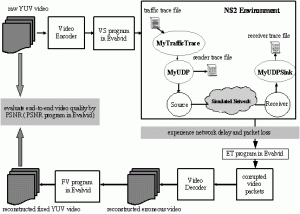Simulink is a data flow graphical language programming tool that was developed by MathWorks. It is used for modelling, simulating, and analysing multi-domain dynamic systems.
Simulink provides quite a few useful features for its users. One of the features that users love this application for is the ease with which models can be built using it. Blocks can be dragged from the Library Browser to the Editor. The blocks can be connected with signal lines so that a mathematical relationship is established between the different components of the systems.
One of the requirements that users have is that they wish to control the appearance of the model even as they are building it. This application offers the benefit of graphical formatting tools in the form of smart guides and smart signal routing.
The Editor features in this application provide the user with complete control over what he can see and what he can use within the model that he is building. If the user wants to, he can add various commands to the editor. He can also add many sub-menus to the context menus.
One of the demands from users is that they be allowed to add a custom interface to a sub-system or to the model that they are building. The application provides this feature to them in the form of a mask. This mask enables the users to hide the subsystem’s contents. By doing this the users are able to give the sub-system with its own icon and have their own parameter dialog box.
Users would also like to navigate the system in a user friendly manner. They do not want the application to be so convoluted that they struggle to find icons and move from one feature to the next. The Explorer Bar and the Model Browser are the functions that make the work of navigation easy for the users.
The functionalities that Simulink offers are extensive in nature. It is helpful for researchers who are looking for programming software that can make the task of representing mathematical models in a flowchart form uncomplicated.
